‘“Thank you, sir,” she said, and took my hand in hers. And then, looking at me again, she said after a pause, “I see they got you too.”’
The scene is London, 1941. The young fighter pilot Richard Hillary, on his way in a taxi through London, takes shelter in a pub when the air-raid siren goes. Then everything is a chaos of falling plaster and broken glass until finally, unhurt, he goes out into the street and finds that the building next door has been hit. A woman and a dead child are being pulled from the rubble and he offers the woman some brandy. He has had a lucky escape – yet he has not escaped. The woman sees immediately from his horribly disfigured face and hands that he is a victim too.
Richard Hillary was a charming, good-looking and rather arrogant young man, fresh from public school and Oxford, when, like many of his friends, he abandoned university to train as a pilot on the outbreak of war in 1939. At the flying training school, meeting men who hadn’t enjoyed the same gilded youth as he had, his view of the world, and of himself, began to change. In 1940, during the Battle of Britain, he shot down five German aircraft and was finally shot down in flames himself, sustaining terrible burns to his face and hands.
There followed months in hospital, where he underwent numerous operations to reconstruct his eyelids, lips and hands by the pioneering plastic surgeon Archibald McIndoe, struggled to come to terms with his defacing injuries, and heard almost daily of the deaths of his friends. He was 21 when, as a tribute to their courage, and as a kind of self-examination he began to write. The Last Enemy was published in 1942, seven months before his own death in a second air crash, after he had, unbelievably, persuaded the authorities to let him fly again, though he could scarcely hold a knife and fork. With its raw honesty, lack of self-pity and its gripping and terrifying accounts of aerial combat and the psychological aftermath, his book is a wartime classic, the harrowing story of a carefree young man who, like many others, was suddenly and cruelly forced to grow up.
‘‘A classic which should not be forgotten, and whose message is as relevant today as when it was written . . .’’ Spectator
A Confrontation with Evil
It seems a rather odd thing to admit these days, but I spent much of my youth reading war comics and watching war films. That’s how it was if you lived in a house filled with boys in the 1960s. As...
Read moreThe Last Enemy | Proem
September 3 dawned dark and overcast, with a slight breeze ruffling the waters of the estuary. Hornchurch aerodrome, twelve miles east of London, wore its usual morning pallor of yellow fog, lending...
Read more




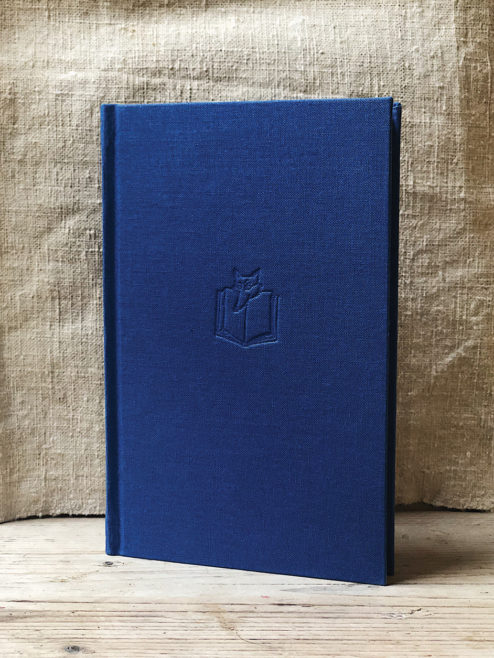
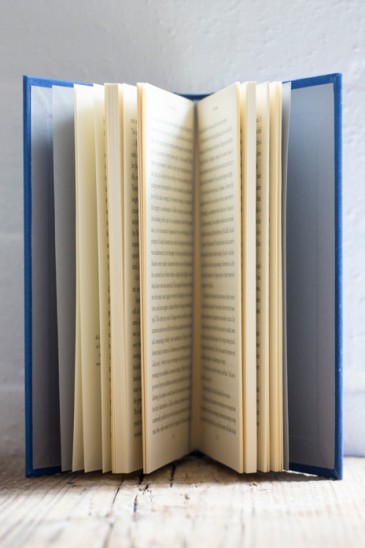
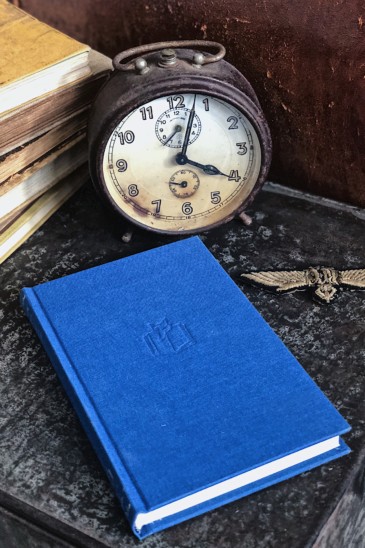
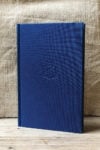
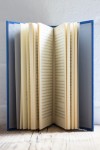
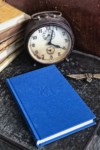
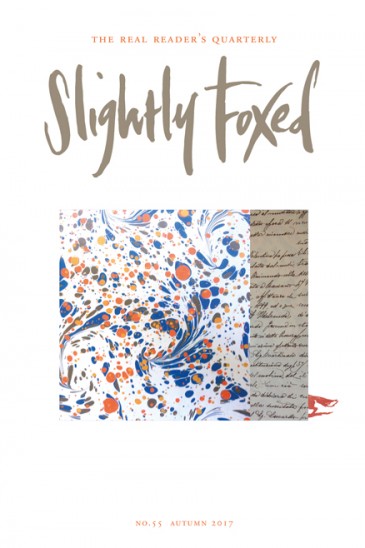

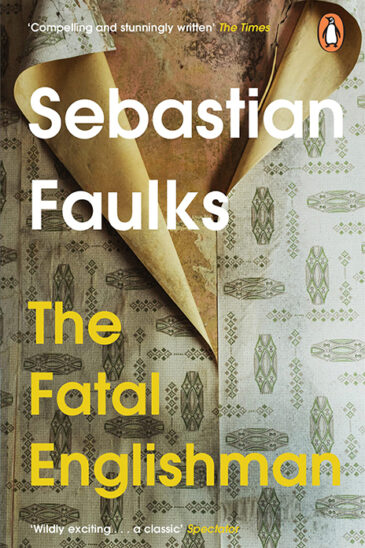

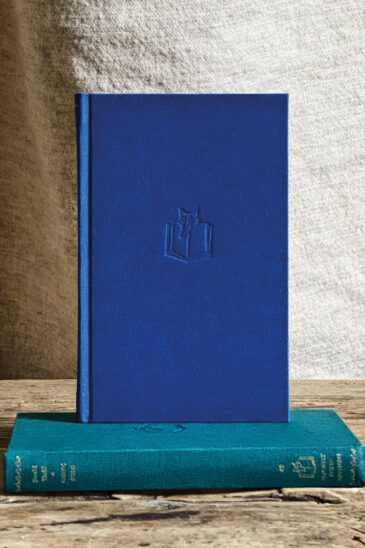

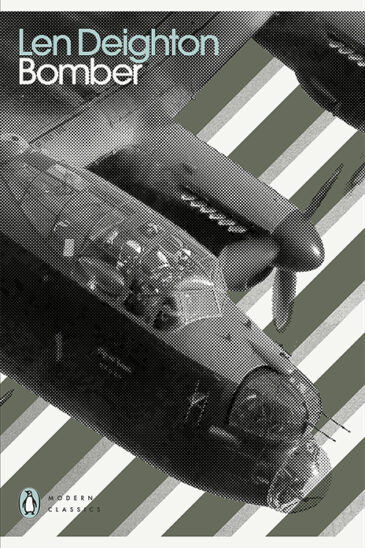

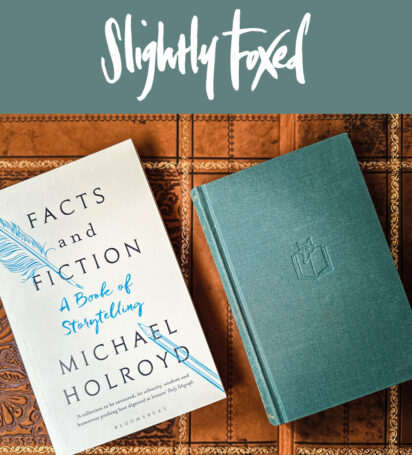
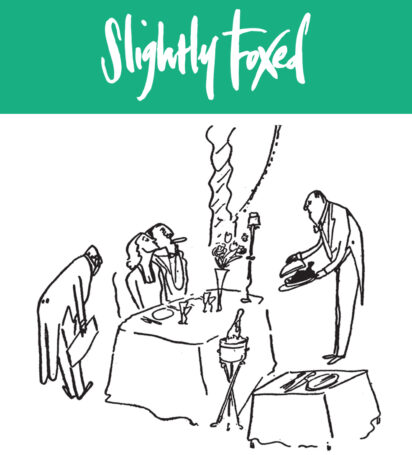
‘Sixty years ago tomorrow, Richard Hillary, author of the classic war memoir The Last Enemy, died when his Blenheim V bomber crashed in the early hours of the morning near Berwick. He was by birth an Australian, by blood a heterogeneous mixture of Anglo-Irish, Scottish and Spanish, by education a product of Shrewsbury and Trinity College, Oxford.
His evocation of his wartime experiences as a Battle of Britain pilot – a counterpoint to his description of the good life at Trinity in the late 1930s – is poignantly enhanced by the reader’s knowledge, which Hillary could not share, that within nine months of its publication the author would himself have perished. He was only 23.
Unlike the pilots of today, preparing uncertainly for an assault on Iraq, Hillary’s Oxford generation “knew that war was imminent”. He blamed its inevitability on “the bungling of a crowd of incompetent old fools”. He chose to prepare by joining the University Air Squadron. Inspired by no crusading ideals to rid the world of a threat posed by a paid-up member of an axis of evil, he had limited ambitions – “pay, good food and the adrenalin of combat itself”. “One either kills or is killed; it’s damned exciting.”
“The war,” he wrote, “boldly solved all the problems of a career and promised the chance of self-realisation that would normally take years to achieve.” (The modern undergraduate more usually finds the same salvation in the City.) When the war came, he joined up at once, and was posted to a series of flying schools. But Hillary was an amateur, not a professional; a gentleman, not a player . . .’
“September 3rd dawned dark and overcast, with a slight breeze ruffling the waters of the Estuary. Hornchurch aerodrome, twelve miles east of London, wore its usual morning pallor of yellow fog, lending an added air of grimness to the dimly silhouetted Spitfires around the boundary. From time to time a balloon would poke its head grotesquely through the mist as though looking for possible victims before falling back like some tired monster.”
Such prose and brilliant words could only be the work of one man, a Battle of Britain Spitfire pilot named Richard Hillary who wrote not as a practiced author or experienced journalist but rather as a man who was there and lived through the darkest days of Hitler’s and Goering’s aerial assault on England.
While other authors have tried to capture the feeling of those times, perhaps only Hillary truly succeeded. His masterwork, a book called The Last Enemy, was published in 1941 and immediately became a best-seller throughout England.
Sadly, it would be his only book. On this date in aviation history, January 8, 1943, Flight Lieutenant Hillary would climb in a cockpit one last time and take off to his death . . .